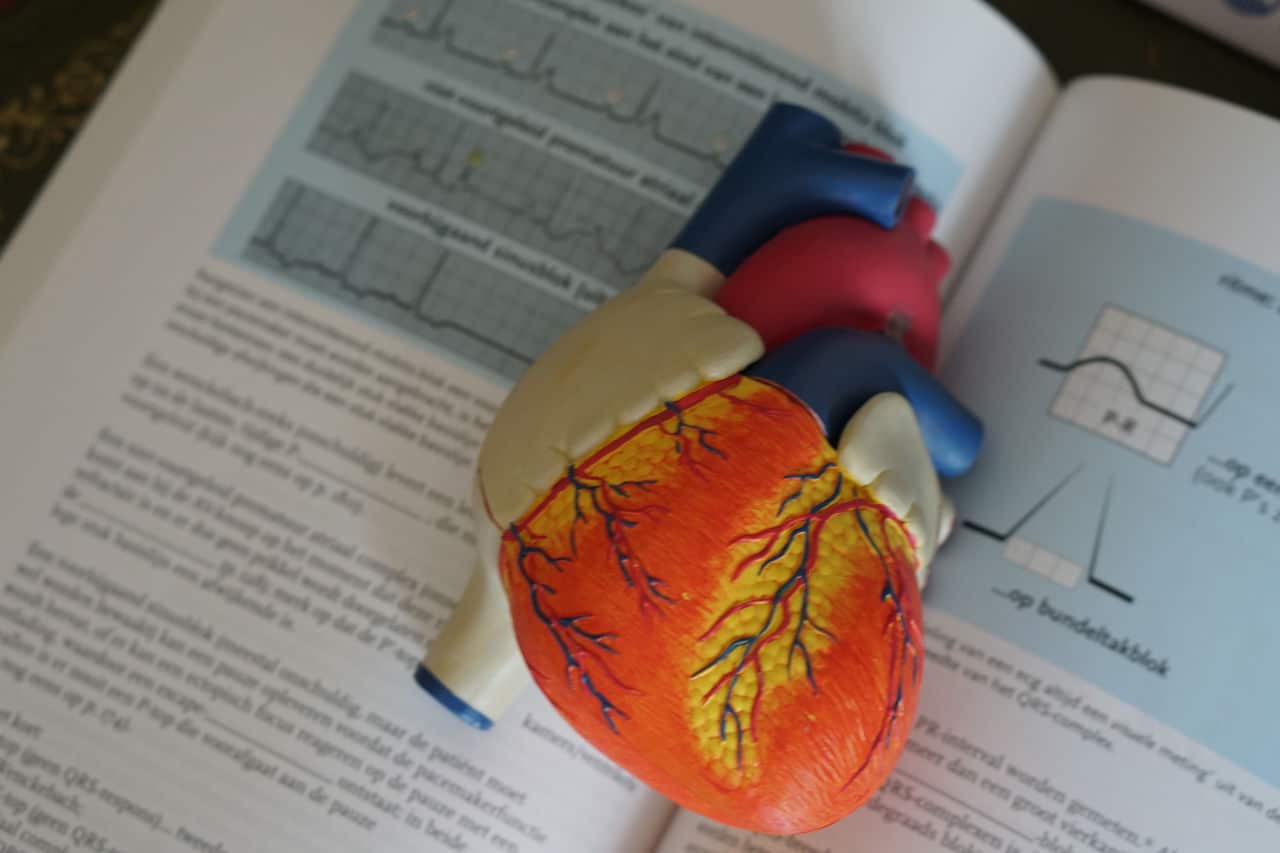Blood is pumped through a web of blood vessels by the heart with each beat. Arteries, veins, and capillaries are examples of these blood vessels, which regulate blood flow. Bleeding happens when one or more of these blood vessels is harmed. There are three types of bleeding, categorized according to their location, how they flow, and their severity. They include venous bleeding, capillary bleeding, and arterial bleeding.
Venous bleeding is characterized by its flowing, deep crimson color. Although this flow is not as strong as arterial blood, it can be continuous. According to research, bleeding of blood vessels, especially arterial bleeding, accounts for about 40% of trauma-related deaths.
On the other hand, capillary bleeding occurs when the integumentary system is injured. Although capillary bleeding can be quite painful, it is also the most controllable because of how shallow it is.
What is Arterial Bleeding?
The function of arteries is to move oxygenated blood from the heart and toward your internal organs. The organs then take in the oxygen, while the veins return the blood that has lost oxygen to the heart.
Among the blood vessels, arteries have the highest blood pressure. Because of this pressure, when it ruptures, it can generate some quite noticeable and dramatic bleeding.
The arterial blood is characterized by its bright red and highly oxygenated nature. The color of the blood can occasionally be challenging to distinguish. However, the wound’s position and the spurt’s pressure are typically the most significant indicators of arterial bleeding.
One factor that makes arterial bleeding so dangerous is the fact that arterial bleeding is invisible. A bleeding cut or wound outside the body is difficult to overlook. On the contrary, it might be easy to ignore arterial bleeding until it presents life-threatening symptoms.

What Causes Arterial Bleeding?
A variety of factors can cause arterial bleeding. Here are the three most common causes of arterial bleeding.
- Blunt trauma
The most common type of injury is a blunt injury. Blunt trauma can result from minor slips and trips to more serious high-velocity impacts like falling from great heights or being hit by a car. Forces can be exerted directly or indirectly.
When there has been an occurrence of a trauma that significantly affects a person, it could lead to vascular trauma.
- Penetrating trauma
Arterial bleeding can also result from penetrating traumas. Penetrating trauma occurs when a foreign item enters the body and tears a hole in one or more blood vessels. Examples include being shot, being stabbed, or tripping over something sharp.
- Surgical injury
Immediate and delayed bleeding can occur whenever a surgeon cuts the body. As the procedure draws to a close, the surgeon makes every effort to ensure that all bleeding has been contained. This can be accomplished by locating and securing blood vessels using sutures. In certain circumstances, some bleeding is normal.
But occasionally, bleeding could happen after the procedure. A severed blood artery may spasm without showing any signs of bleeding. Stitches, staples, and sutures can come loose. This can cause severe bleeding.
At a time like this, it is the responsibility of the surgeon to curtail the bleeding. He has the duty to do everything possible to stop the bleeding. A patient can sue for the surgeon’s negligence when he slacks in on this duty.

Is Arterial Bleeding Always A Medical Negligence?
Medical malpractice occurs when a healthcare practitioner fails to offer a patient the necessary care. This happens when he fails to take the appropriate action or gives a patient treatment below the standard of care that results in harm, injury, or death.
It is essential to know that the standard of care does not imply perfection. Instead, it serves as a defense against carelessness.
Arterial bleeding, whether during or after surgery, is not always an indicator of medical negligence. Sometimes, due to the high risk of the operation, arterial bleeding is inescapable, and no one is to blame. However, a medical professional’s negligence can lead to a disastrous outcome in other circumstances.
Let’s consider tonsillectomy surgery, for instance. A tonsillectomy involves burning or cutting off the tonsils, which increases the risk of inadvertently severing an artery. The surgeon may cauterize or stitch the damaged arterial wall to seal the punctured artery.
A single punctured artery that resulted in bleeding might not be sufficient to establish a good claim for medical negligence. This is because bleeding is a prevalent risk of this surgery. However, the surgeon may have engaged in malpractice if he chose to leave the incision to clot rather than suture or cauterize it.
Case Reference 1
In the case of Hunt v. Methodist Hospital, the plaintiff was to undergo an arteriogram for the treatment of an ulcer on her left foot. The plaintiff brought an action against the surgeon for the postoperative bleeding she experienced.
The court held that arterial bleeding was a known risk with the surgery. Hence, the hospital was not negligent in its treatment.
At this point, we have established that not all arterial bleeding suffered by a patient is the fault of a medical provider. Despite this, medical professionals are legally liable if the patient suffers severe arterial bleeding due to the healthcare practitioner not providing the level of care that is generally expected in this situation.
Case Reference 2
To understand this point, let’s take the case of Galloway v. Baton Rogue General Hosp. In this case, the plaintiff suffered a respiratory arrest after neck surgery. This led to brain damage and death. The respiratory arrest resulted from an artery that was nicked during surgery. The nicked artery became unbound and led to rapid bleeding.
The court held the hospital liable for medical malpractice for failing to detect such an injury.

Importance Of Arterial Bleeding Animation
If left untreated, arterial bleeding can be fatal. It can lead to complications such as organ failure, seizures, and brain damage. Arterial bleeding animation can enable a good trial outcome.
The first important thing that arterial bleeding animation does is to present the severe case of the claimant to the jury in a vivid, clear, and easy-to-understand manner.
Moreover, medical animation has proved successful in strengthening the stance of an expert witness.
In cases of arterial bleeding, the expert witness must convey to the jury what went wrong during the surgery and the damage it has caused the patient. Arterial bleeding animation can be beneficial at this point in simplifying the complex ideas and surgical procedures to the jury.
In conclusion, it’s a step in the right direction to use medical animation to present the evidence in a case of arterial bleeding.
Cases of arterial bleeding should never be taken lightly. This is because they can completely alter a person’s way of life. Therefore, it is crucial that such an animation be created by a legal animation company that collaborates closely with medical experts to reproduce admissible animations that demonstrate the truth accurately.
At Fox-AE, our medical animators are experienced professionals who are well-versed in creating medical animation. We ensure our demonstrative exhibit follows the rules of admissibility.






